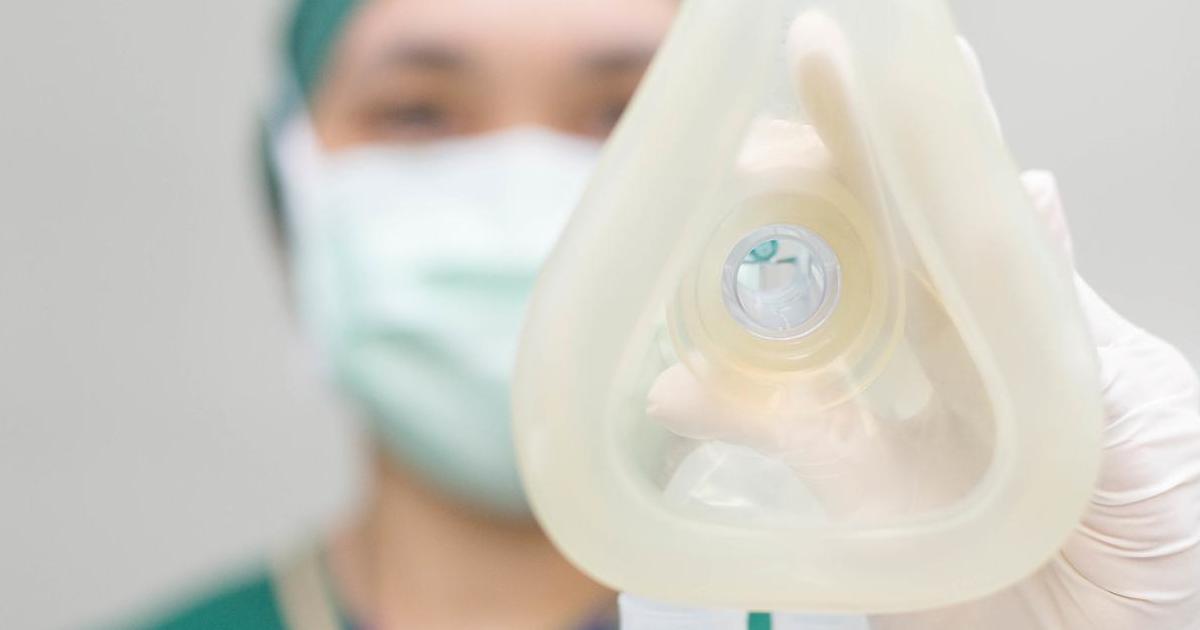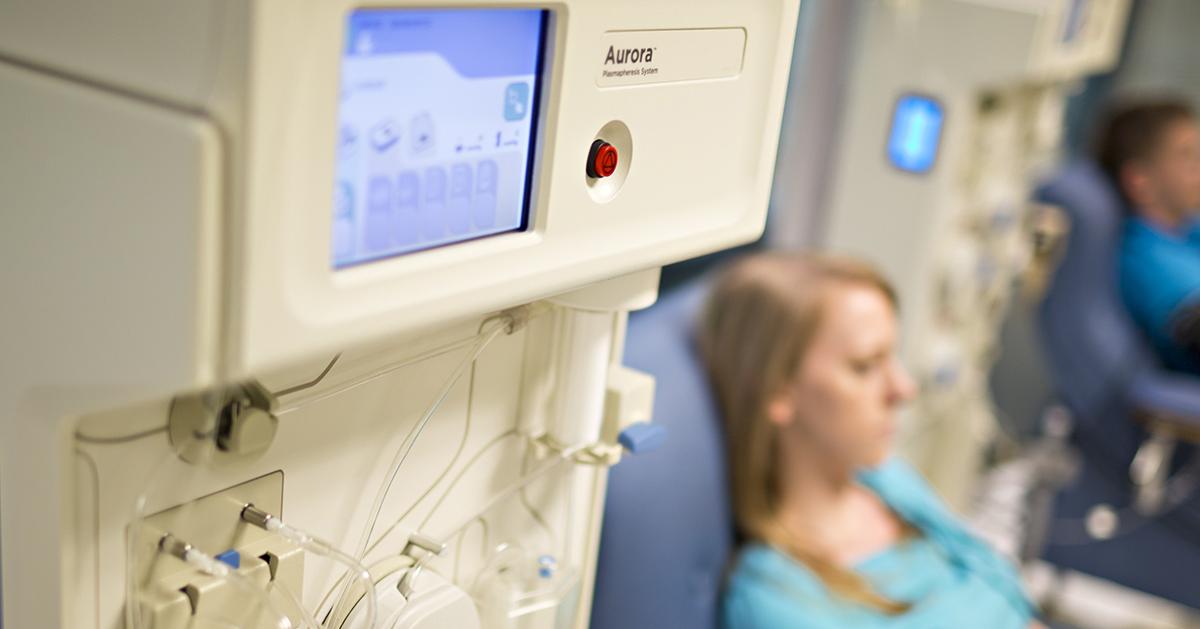How To Manage Myasthenia Gravis
Myasthenia gravis is a disease that causes weakness and rapid fatigue to any muscles under an individual's voluntary control. The cause is a break in the communication between muscles and nerves. While no cure exists, there are treatments to help relieve the symptoms and signs. The condition is most common in men over sixty years old and women under forty. Symptoms can occur in a number of areas on the body. The condition most commonly presents with dropped eyelids or double vision first, then progresses to other systems. Weakness is felt throughout the body, but it's more common in the arms than the legs.
Learn about appropriate treatment options for myasthenia gravis now.
Thymectomy

A thymectomy will not be the ideal treatment for everyone dealing with myasthenia gravis. This surgical procedure is an option for about fifteen percent of patients who present with a tumor in the thymus gland. The thymus gland, located beneath the breastbone, helps regulate the immune system. For patients with tumors, doctors will remove the thymus gland entirely. It's also been suggested thymus gland removal can help with myasthenia gravis symptoms even if no tumor is present. However, the benefits of the surgery aren't guaranteed.
Thymectomies are performed in two ways: a minimally-invasive procedure and an open procedure. The minimally-invasive procedure is assisted by robots. Small incisions are made on the chest, and then the robotic system enters the body to remove the thymus gland. Another minimally invasive option is a video-assisted surgery, in which a doctor uses a video system to help remove the thymus gland. Open surgery involves having the sternum split and the chest opened to remove the gland. Experts typically recommend the minimally invasive options first because of the lower mortality rate, shorter recovery time, and reduced pain.
Get familiar with more ways to manage myasthenia gravis now.
Plasmapheresis

Plasmapheresis is a filtering procedure that has a lot in common with dialysis. The patient's blood is pulled through a machine, which removes the harmful antibodies blocking the signal transmission from the nerves to the muscles. Though the procedure sounds like a miracle, and in many ways, it is, though it's not a cure. As the patient's blood naturally replenishes itself over the following weeks, the antibodies will be produced again, leading to a recurrence of symptoms. With that said, plasmapheresis provides many patients with weeks of relief they wouldn't otherwise have. After multiple treatments, doctors may struggle to access the vein. It may be necessary to implant a catheter into the patient's chest for the procedure to continue. There are some other risks involved in plasmapheresis. Patients are at an increased risk of bleeding, may experience a drop in their blood pressure, and may have problems with their heart rhythm.
Uncover more details on how to treat myasthenia gravis now.
Intravenous Immunoglobulin

Intravenous immunoglobulin (IVIG) is a therapy that provides the body with some normal antibodies, which can help with many conditions, including myasthenia gravis. This therapy has a lower side effect risk than several other therapies, but there are some potential drawbacks as well. With plasmapheresis, the effects are felt as soon as the treatment is over, but with intravenous immunoglobulin, it's about a week before results begin to show. Benefits don't tend to last longer than between three and six weeks, and the side effects tend to be mild and include fluid retention, headaches, dizziness, and chills.
IVIG is a product created from a serum distilled from one to fifteen thousand donors. In addition to being used to help with myasthenia gravis, IVIG helps patients suffering from other antibody deficiencies. A human's plasma has several core components, one of which is immunoglobulin. By using the immunoglobulin of healthy donors, IVIG safely introduces normal antibodies to patients with antibody-centric illnesses.
Continue reading to learn more about treating myasthenia now.
Immunosuppressants

Doctors commonly prescribe immunosuppressants to help treat myasthenia gravis, as the disease stems from the immune system producing incorrect antibodies. By using immunosuppressants, doctors aim to reduce the number of incorrect antibodies produced. Some treatments use immunotherapy strategies to try to alter the immune system on a more permanent basis, but there haven't been enough results to consider this a viable option yet. Instead, the medication helps to reduce the immune system's flawed responses. However, the side effects can be potentially serious. By suppressing the immune system, patients also suppress the body's ability to fight infection. Some patients have also experienced liver and kidney damage, along with nausea and vomiting.
Learn more about how to effectively manage myasthenia gravis now.
Corticosteroids

Corticosteroids are another class of medication doctors may recommend to manage myasthenia gravis symptoms. Prednisone is a commonly-prescribed corticosteroid that inhibits the immune system. All of these medications limit the body's ability to produce antibodies. However, medical professionals highly discourage using these medications for prolonged periods, as patients might experience side effects including increased infection risk, diabetes, weight gain, and bone thinning. For individuals who can't take these medications, another option is a cholinesterase inhibitor. Rather than affecting the immune system, this type of medication strengthens the connection between muscles and nerves. Though it doesn't treat the underlying immune problem, it can help with muscle strength and contraction.
